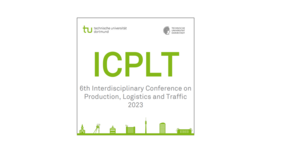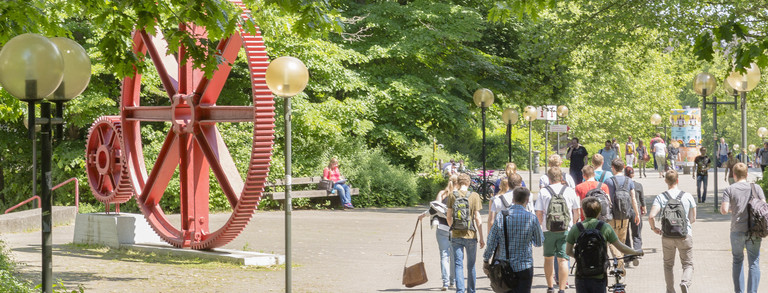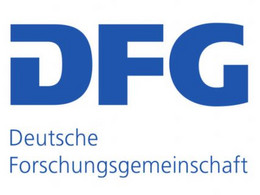Sustainable freight transport in urban areas
- Transport Modelling and Process Planning
Impact assessment using freight transport models based on system dynamics
Background
The overarching aim of the research project is to develop a methodology for mapping, evaluating and simulating urban freight transport. This methodology should not only make it possible to carry out analyses at specific points in time, but also to allow longer-term forecasts. As the public sector does not yet have any generally applicable transport planning instruments for the efficient management of freight transport, the methodology will provide sustainable measures for this area and, above all, make their future viability assessable.
The research project plans to couple System Dynamics with a macroscopic, aggregated and a microscopic, disaggregated freight transport model. The advantage of this approach is that it combines the forecasting capability of the System Dynamics method with the detailed resolution of a traffic simulation.
Approach
In the overall system dynamics model, the subsystems of transport policy, logistics, production and citizens/consumers, which are interrelated within an overall system, are analyzed in more detail. The dependencies and interdependencies of the individual subsystems are characterized by selected parameters within the system dynamics model. Sustainable concepts are summarized in a catalog of measures. Transport policy measures are tested and simulated in various scenarios. By linking the System Dynamics model with freight transport models, the effects of measures that were previously analyzed over time are simulated in the freight transport models at an infrastructural level. The results of the system dynamics model are transferred to the transport demand within the transport supply. The two sub-models exchange data that is required by the other model in the next simulation step. This creates an iterative optimization process for urban freight transport.
Desired results
The goal of the optimization is a stable system that creates a viable compromise between transport supply and demand on the one hand and ecological, social and economic interests on the other.
Contact: Prof. Dr.-Ing. Uwe Clausen
Funding and partners





